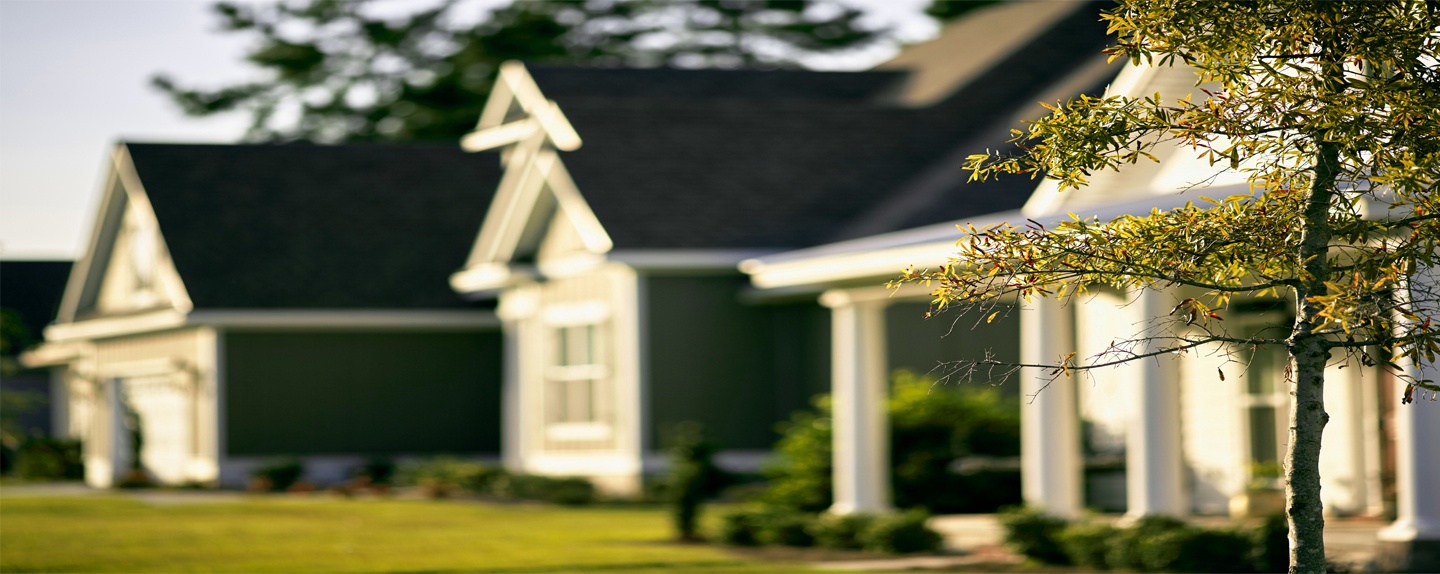Many homeowners are familiar with the adage that crabgrass control needs to be applied to the lawn before the forsythia are in bloom. There is some truth in that depending on the products you or your lawn care company will be using. The blooming of forsythia is very closely tied to the soil temperature and so is the germination of the two types of crabgrass found in our area. The study of the association of certain biological events as they relate to climate is known as phenology and is widely used in the agricultural, home gardening, and the landscape professions.
Pre-emergent Crabgrass Control
A strictly pre-emergent herbicide does need to be down and watered in before the crabgrass seeds germinate in early spring. These products act by killing the young root as it emerges and thus prevents full germination and establishment of this weed. Germination of these weeds typically starts when soil temperatures reach 550F which also happens to be the temperature that forsythia reaches full bloom. Advances in crabgrass control products have freed professional applicators from this very narrow window of product application.
Post-emergent Crabgrass Control
Killing crabgrass can be costly and time consuming. Products have been developed that have both a pre and a post emergence capability to prevent crabgrass. These products will prevent germination if applied before soil temperatures reach 550F like any pre-emergent control but can also control young crabgrass seedlings if the application is made between germination and the point where the seedlings develop more than 5 tillers or lateral shoots. This gives you much greater flexibility and a longer window to apply controls when weather can impact the ability to get these treatments down before the forsythia have finished blooming.
A purely post emergent herbicide is required to rid your lawn of crabgrass that has already fully germinated. The active ingredients work differently than a pre emergent crabgrass control, but the result is the same. As the crabgrass plant dies off you may be left with a spot in the turf.
No Forsythia Around?
Another, more exact way to monitor when conditions are right for crabgrass to begin germinating is through the use of Growing Degree Days (GDD). Commonly, this value is based on 500F and some simple math will help you determine how many GDD were accumulated each day. Much research has been done and this value can be used to judge when certain pests will emerge, whether insect or weed, so that preventative measures can be taken if possible or preparations made to otherwise control the pest after it appears. The link above will link you to a site that monitors GDD, so you do not have to track them yourself. Here in New England, smooth crabgrass germinates at 150 GDD and large or hairy crabgrass requires between 150 to 200+ GDD before it starts to germinate.
Both methods help determine when crabgrass preventer should be applied to your lawn, but don’t be concerned if the forsythia have bloomed and your lawn care company hasn’t been by yet. You can still get good control of this weed with the latest products.
To ensure you have a healthy lawn use a combination of lawn fertilizer and herbicides to keep your lawn free from crabgrass and broadleaf weeds which rob your lawn’s root system of the vital water and nutrients it needs.
Get More Info From The Pros!
Looking for more information on crabgrass or just ready to let the professionals take over your lawn care needs? The Grassmaster Plus team is ready and willing to answer any questions you have and can provide you a free quote on your lawn care services for the season. Contact our local office today!

